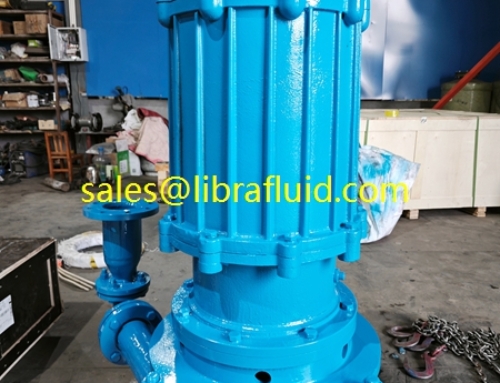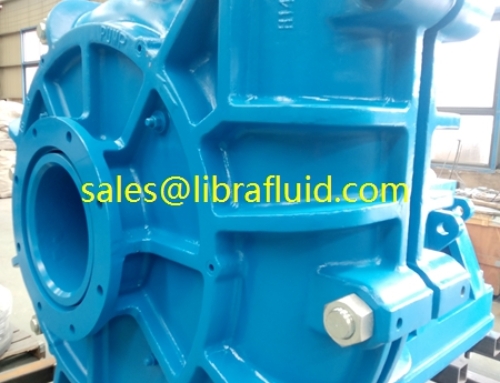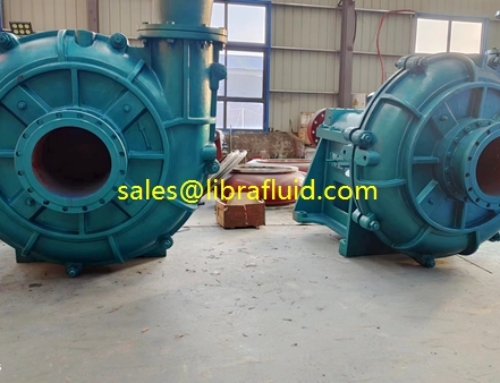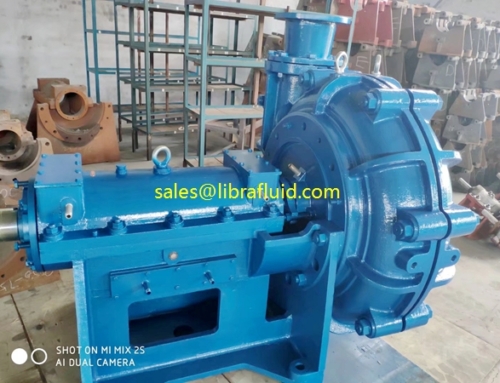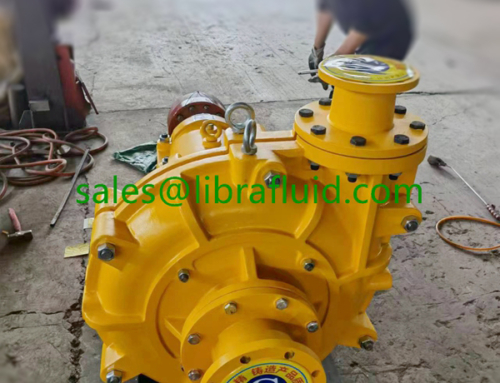Desulfurization pump slurry circulation pump is a large-scale equipment in the desulfurization system.
It usually uses a centrifugal type slurry pump. It is the pump with the highest flow rate and the most demanding severe operating conditions in the desulfurization process. Corrosion and wear often lead to its failure.
(1) Strong corrosive
In a typical limestone (lime) -gypsum desulfurization process, the pH of the slurry at the bottom of the tower is 5-6. After adding the desulfurizing agent, the pH can reach 6-8.5 (the pH of the circulating pump slurry is related to the operating conditions of the desulfurizing agent ). On the tower and at the point where the desulfurizing agent is added, Cl- can be enriched above 80,000 mg / L, which will produce strong Cl-activity at low pH.
(2) Strong abrasion
The slurry at the bottom of the desulfurization tower contains a large number of solid particles, mainly fly ash and desulfurization medium particles. The particle size is generally 0 to 400 microns, more than 90% is 20 to 60 microns, and the concentration is 5% to 28% (mass ratio). These solid particles are highly resistant to abrasion.
(3) Cavitation
In the desulfurization system, the slurry pumped by the circulating slurry pump usually contains a certain amount of gas. In fact, the slurry delivered by the centrifugal circulation slurry pump is a gas-solid-liquid multiphase flow. The effect of solid phase pump performance is continuous and uniform, and the effect of gas on pump performance is more complex and difficult to predict than the effect of solid phase.
Our desulfurization slurry pump impeller and casing are subject to medium corrosion and solid corrosion during long-term operation. The service life of the impeller is about one year.
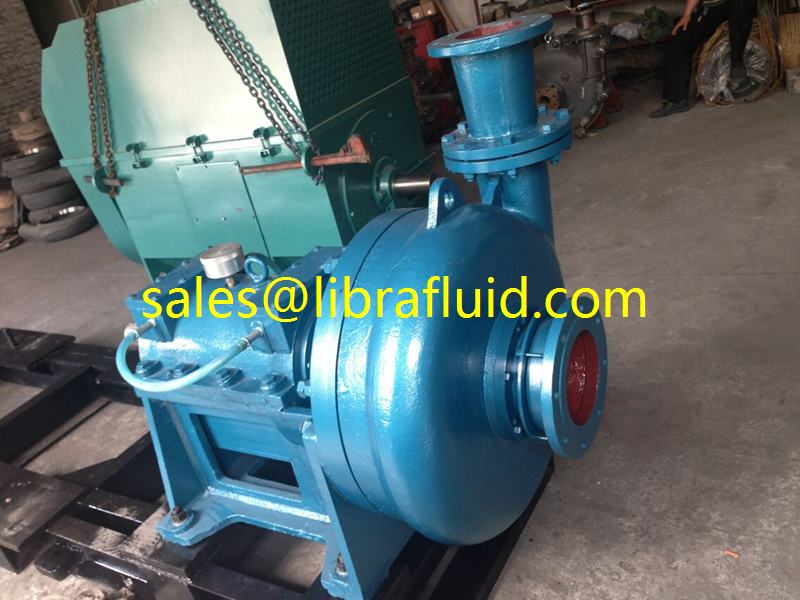
Desulfurization pump slurry circulation pump
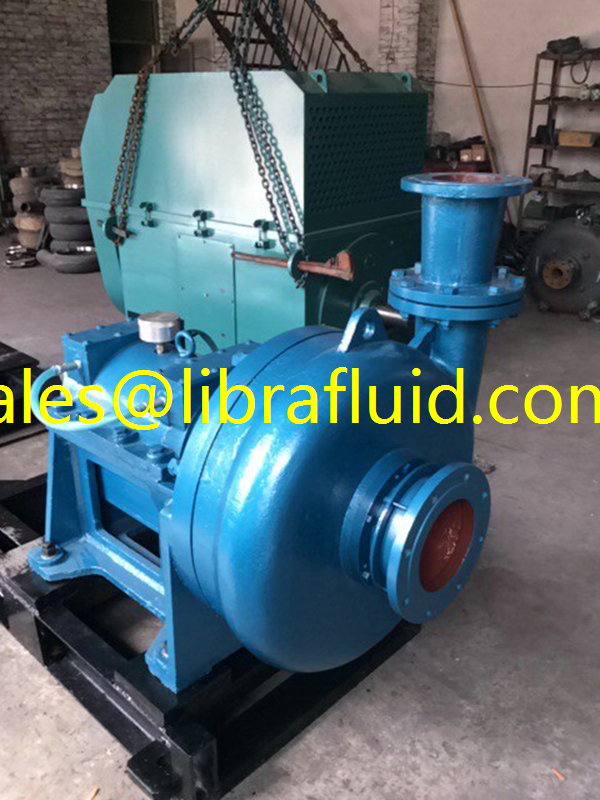
Desulfurization pump slurry circulation pump

